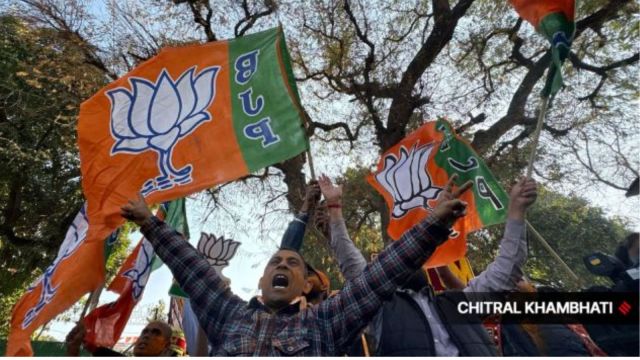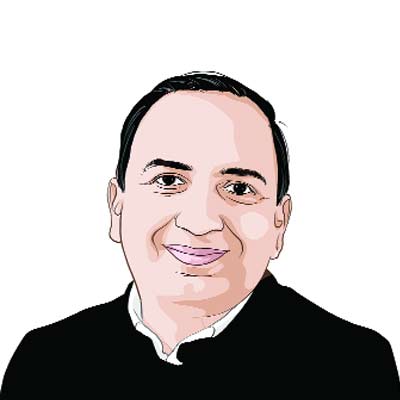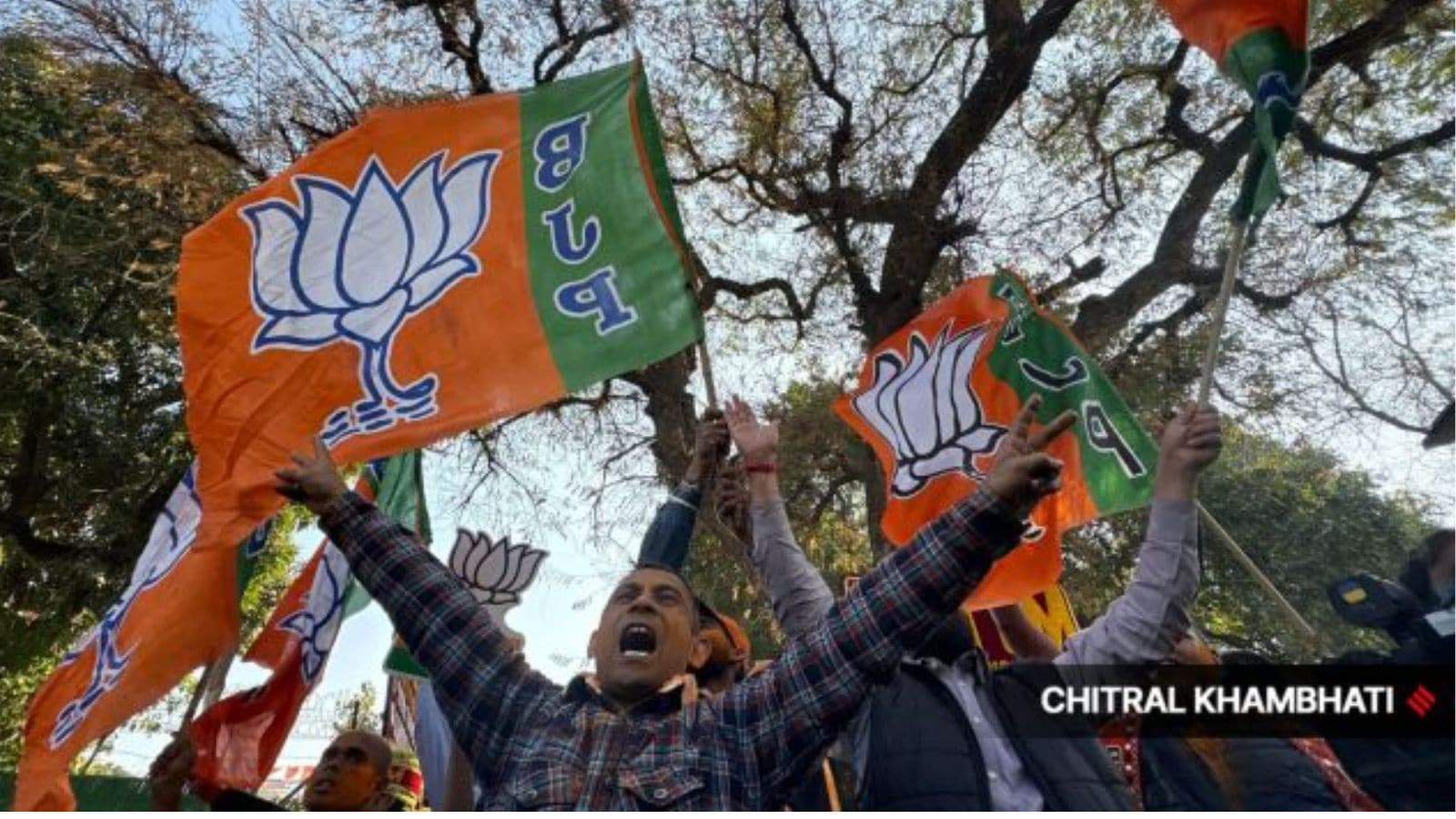

Feb 20, 2025 06:54 IST First published on: Feb 20, 2025 at 06:54 IST
A new BJP government takes the oath of office in Delhi after 27 years. The perennial question remains: What does Delhi want? Delhi’s historical depth, spatial variety, economic energy and sociological diversity are extraordinary assets. It has outgrown its identity as simply the city of power and money. Delhi ignites so much interest because its successes and failures portend a possible future for India. Delhi is more like a middle-income country with a per capita income two-and-a-half times the national average; the central government directly has a stake in the city — perhaps it has too much stake. Delhi has all the mobilised power of modern democracy: Concentration of media and a thicket of institutions. What kind of future will this city build?
The challenge in answering this question is not just the cliched fact about Delhi: There is not one Delhi, there are many Delhis. So perhaps the starting point for thinking about governance is to not begin with a list of schemes, but the contradictions that Delhi must manage. In some ways, the political message of this election is a difficult one to read. Sheila Dikshit’s long reign over Delhi was sustained by a clear ideological frame — a modernist vision of Delhi, a decent procedural governance style, with a nod to pluralism. That vision has its shortcomings – the very middle-class modernism that sustained what was, by Indian standards, a relatively successful vision, revolted against it for the appearance of corruption, and that inchoate sense that something even better was possible. AAP combined that revolt with the concerns of the poor, marginalised by that high modernism.
Story continues below this ad
For a brief time, AAP capitalised on that governance revolt, aligning it with a genuinely popular movement promising new governance architecture, protection of the poor and investment in social services, especially health and education. The architecture survived for a decade, despite both national parties arrayed against it, and an administrative straitjacket imposed by the central government. But in the end, that movement lost of its own accord. Its promise of a new-style government dissipated in allegations of corruption, divisive politics and immature performative showmanship. It squandered its greatest asset, the sense of sincerity Delhi voters yearned for. As the brilliant post-poll surveys by Ashish Ranjan’s DALES organisation show, the middle class abandoned it, with a switch of almost eight per cent of the vote. The AAP was stymied by the BJP, and its votes cut by the Congress. But there is no denying that this was an own goal by AAP. It squandered its governance credentials on basic markers of competence like roads and drains. It retains some hold over the bottom 20 per cent. But it will be a tall order for it to recover.
How does one read this vote? At first sight, it reflects more exasperation than acclimation of a new vision of Delhi. The hope is not for a glorious new dawn for Delhi, but simply some basic governance that can get it out of the current cul-de-sac. There are some low-hanging fruits that a minimally competent government, now not stymied by the central government, can aim at — fixing Delhi’s roads, drainage, and, with some luck, even polluting the Yamuna less. But beyond that, the contradictions of Delhi that took down Dikshit and Arvind Kejriwal will continue to haunt governance.
The first is the contradiction between Delhi’s urban aspirations and its urbanity. As Partha Mukhopadhyay has been pointing out, Indian cities are getting urban without acquiring the characteristics of urbanity. This includes not just a sense of refined urban manners or the small morals of urban life that allow a modicum of civility. It also includes the promise of urbanisation, where caste, religion and region are less tied to citizenship and rights. This was the early promise of AAP till it too decided to play a cheap politics of identity. The BJP is, at best, a tenuous friend of urbane civility and freedom; it also rebels against urbaneness in this profound sense, being driven by a destructive identity politics. Can a new Delhi administration set a different tone?
Story continues below this ad
Indian cities are marked by inequalities. But Delhi is a politically interesting city precisely because both the halves of the city — the middle-class city of Delhi’s prosperity, and the poor on the urban periphery — matter politically. Dikshit helped create the middle-class Delhi, but it had a narrow class base. AAP discovered that unlike in many metros, you cannot win and govern Delhi without the middle class. Theoretically, this is a great opportunity for Delhi, a realisation that a balance must be struck between the two halves.
most read
But in practice, as the Centre for Policy Research’s Cities of Delhi project showed, Delhi’s inequality is actively produced by four things. First is the way in which state power is organised in favour of the middle class. The second is that the middle-class modernist imagination relies on the presence of the poor for services without wanting to make them visible. There is still a fear that modernism by which Delhi’s success will be judged involves constant displacement, eviction and marginalisation of the poor. The third is a genuine problem for most Indian cities – buying modernism on the cheap, with no mechanisms for costing the externalities of development. The freebie debate is always framed as the poor free-riding. But middle-class Delhi is perhaps free-riding in a more invisible way: The cost of our sewage, trash is borne by the periphery of the city. The new government will, of course, also be judged on air pollution. But we have peddled so many false starts on this North India-wide problem that there is almost a fatal sense of resignation about it. And finally, most Indian cities are built by contractors for contractors. The political economy of land and construction leads to civic and aesthetic abominations. In this respect, if Delhi, outside of the NDMC area, can actually think of forms of land use that are inclusive, economically viable and tolerably liveable, it can set a new benchmark.
Otherwise, it is likely that Delhi will keep oscillating between the political cycles, never quite doing justice to its potential, with a middle-class vocal but insecure about its own city, and the poor never having a stake in it. Delhi is a city of vanished supremacies. But one hopes it does not become a city with a vanishing future, caught in a permanently sullen present.
The writer is contributing editor, The Indian Express


